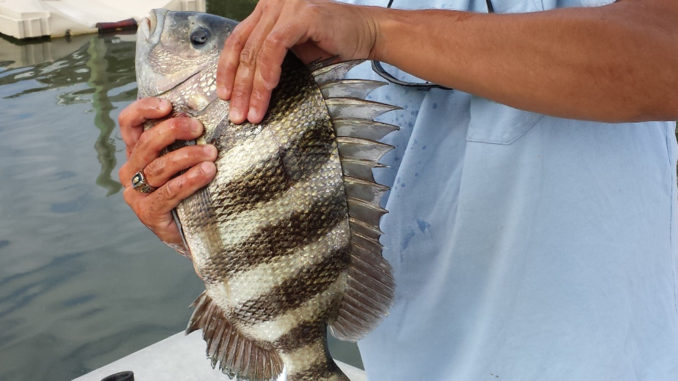
Sheepshead are foreign to some anglers and common to others. For those familiar with them, their courageous battles are memorable to say the least. They are not only hard fighters, they are great-eating fish, and smaller fish always taste better than the old maids.
But in order to always have plenty of sheepshead around to catch, anglers must throw back the juveniles and let them grow. Sheepshead may not live to 40 and 50 years old as do black and red drum, but they are known to live more than 25 years in the wild, and many live 10 to 15 years before ending up in the stomach of a barracuda or as the honored guest at a fish fry. Limiting harvest of these fish will help protect the fishery in the future.
Sheepshead have been managed in South Carolina since June 2008 with a 14-inch size limit and 10-fish daily creel limit. With these new limits in place, juvenile sheepshead should live long enough to reproduce. Many states’ regulations are far less restrictive, and federal guidelines point to a 20-fish daily creel limit.
Males sheepshead mature sexually at between 7 and 14 inches, while females mature sexually between 9 and 14 inches. So every female should get to reproduce at least once.
With the new creel and size limits in place, anglers should still only keep the fish they plan to eat, guaranteeing enough sheepshead around reefs, pilings and docks in South Carolina waters for years to come.





Be the first to comment